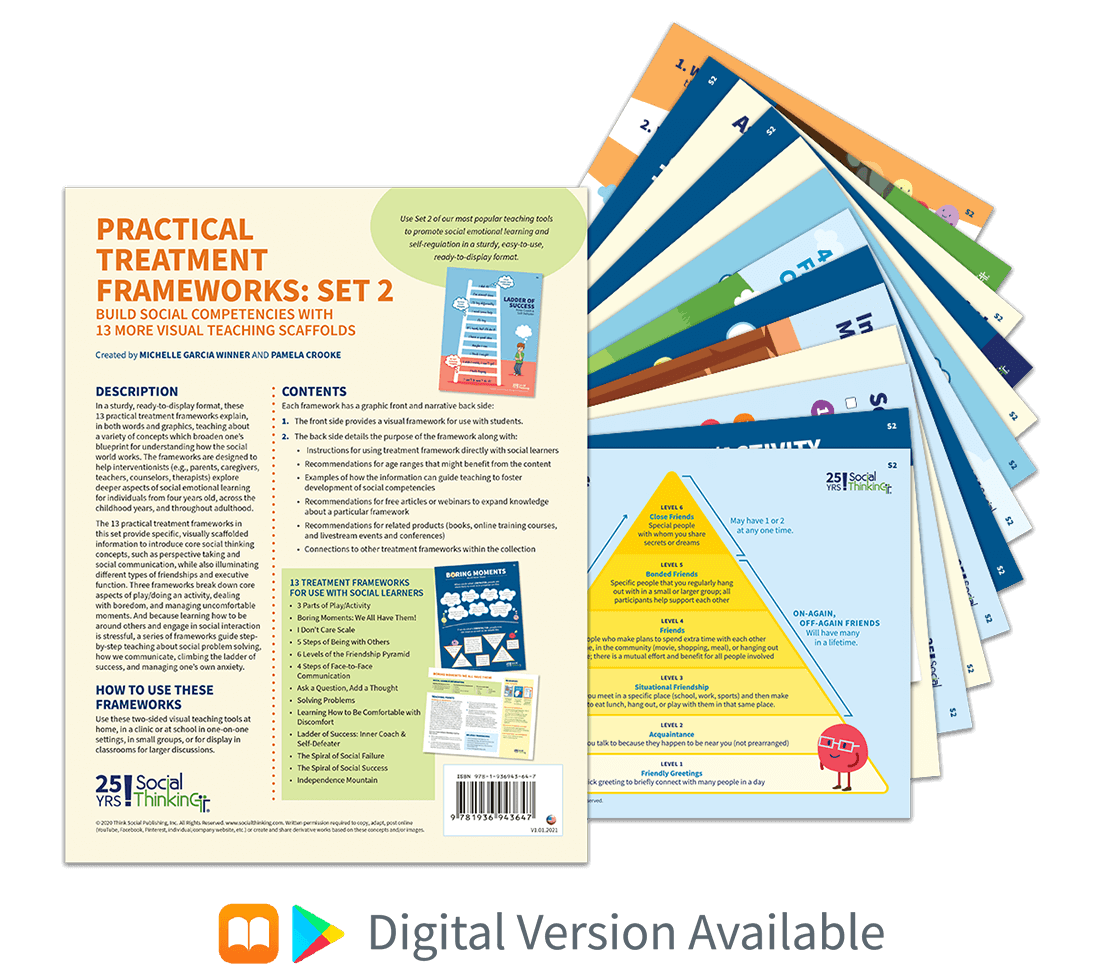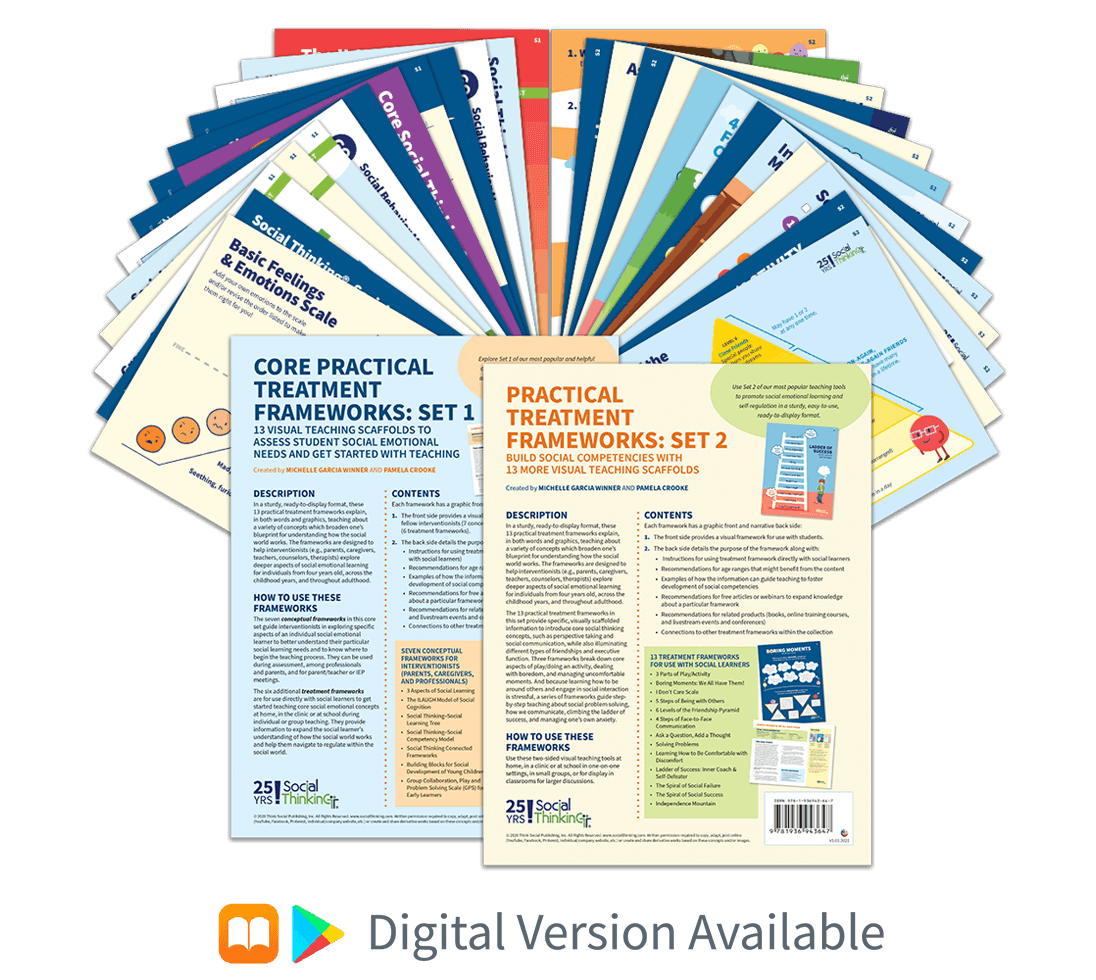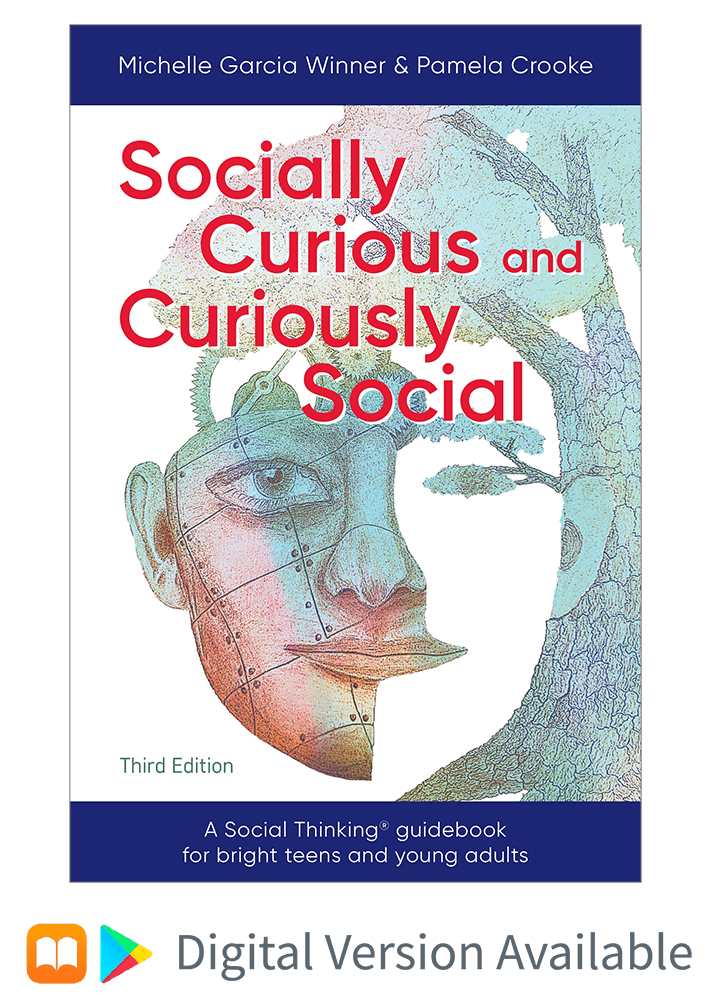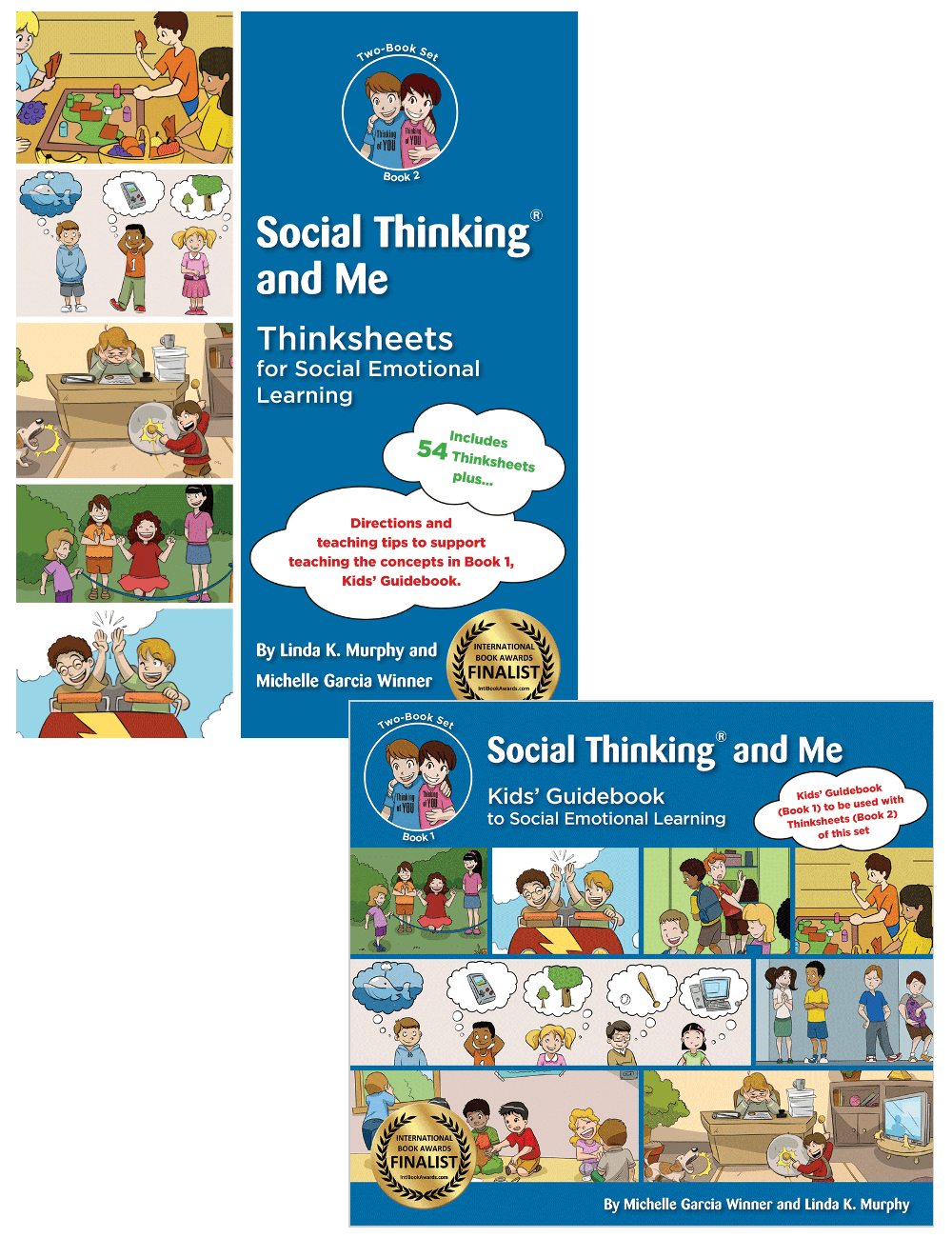Updated: June, 2022
© 2022 Think Social Publishing, Inc.
In face-to-face social situations—whether a family get together, a conference, or a holiday party—it’s important that we disentangle ourselves from our devices to tune into the people who surround us and remember that emotions are contagious. If we exude a sense of interest, warmth, and caring, those folks we are spending time with are likely to reciprocate. The opposite is also true: should we enter a room with body language and facial expressions that appear to others as unfriendly, disengaged, or even just neutral, people will most likely feel the same when interacting—or not—with us. How we manage our feelings and the emotions we display is reciprocal. That’s the power of our emotions. So, when coming together to celebrate family, friends, and community, let’s be mindful and take care of each other’s feelings.
Struggling to initiate social engagement
I recently attended an informal social gathering in a colleague’s home. Spirits were high, and folks were chatting, laughing, and eating in small, spontaneous groups. All, that is, except one man who was in the room, sitting by himself, head down staring at his lap, looking entirely miserable. Over the years my clients have shared with me countless examples of attending social events, and their strategy for seeking social engagement is to stand by the door or the food and focus on their food or what they are holding, hoping someone will come talk to them. Based on this information, I thought this man wanted to be at that party, even though he didn’t appear friendly. There were any number of places he could have chosen to escape the crowd had he wanted to be by himself. After all, most of us do this at some point in our lives. It seems he had no idea that he appeared unapproachable to others in the room.
I immediately felt empathetic, sensing his isolation in a sea of engaged and friendly people, so I made my way over to where he was sitting, sat next to him, introduced myself, and asked what brought him to the party. The transformation was remarkable! Once I showed interest in him and initiated the conversation, it was as if a switch had been flipped. His whole body relaxed, and he provided nice answers to my questions, even though he didn’t ask me questions in return. He also became a lively, funny, and attentive conversation partner as I added my comments, and he then shared his further insights. He clearly wanted to be there and wanted to participate in the party. He simply needed someone to cross the initiation divide—something that looks so easy yet is not as easy as it looks. Perhaps it was anxiety fueled by a self-defeater voice and past experiences of not being included. The reality is that we all feel anxiety approaching a person who looks less than friendly. We humans are socially a bit risk adverse. Yet, as adults, when we make the effort, it often broadens our community and provides each of us with a connection—the big reward we all seek.
With the increase in use of portable devices, many of us are finding it’s easier to stare at our phones when out on our own than to greet those around us, engage in small talk, etc. When I am presenting at conferences, I often ask my audiences, “Why do many of us of talk to people while we wait in lines or ask people questions about products in grocery stores?” They answer, “It helps us feel part of the community we are in at that time,” and by doing so, “helps us to feel included and connected.” It is in the DNA of humans to connect with others, whether experiencing social anxiety or whether lacking opportunities to practice relating to others in face-to-face communication. As humans, we all want to feel included.
Making connections
How can we each help others feel included, while also helping ourselves constantly expand our own connections within our community? We can start by understanding that not everyone easily manages their anxiety when entering a group. What seems so simple to many—such as turning and looking toward a person and saying, “Hi!” or asking someone “How’s your day going?”—feels so incredibly confusing and complicated to others. There isn’t much of a risk in trying to be friendly, even to those who don’t appear friendly. There are much bigger risks when we don’t reach out to build community. If we don’t work to create community, then our community disintegrates. Acknowledging another person and creating a sense of belonging can make an enormous difference for those who need it most.
Help build a stronger, more nurturing community
If your neurology makes it relatively easy to pop on a friendly face and adjust your emotions to encourage others to engage with you, remember that not everyone finds this easy. Rather than shy away from the people in your community whom you perceive to be unfriendly or “different” or disengaged in face-to-face relationships due to possible social anxiety or being portable device-dependent communicators—lean in, make that small gesture. If at a social gathering, ask what brings them to the event. Encourage them to talk about themselves while you also share information about yourself. They may not ask you about you, but that doesn’t mean they aren’t interested in making a social connection.
The next time you are out and about in your community—in a park, a coffee shop, a store, a church, or temple, for example—notice that most people appear to be relating to others. Many of my clients have shared with me that they are rarely lonely when home by themselves; instead, they feel the loneliest when surrounded by people who don’t appear to be lonely at all. Just a welcoming smile, a wave, or a gesture of friendliness is a validation of someone’s life. That’s all it takes to help others feel positive, welcome, and included. Caring for those in our community we know and those we don’t know is what a community is all about. Pay it forward!















